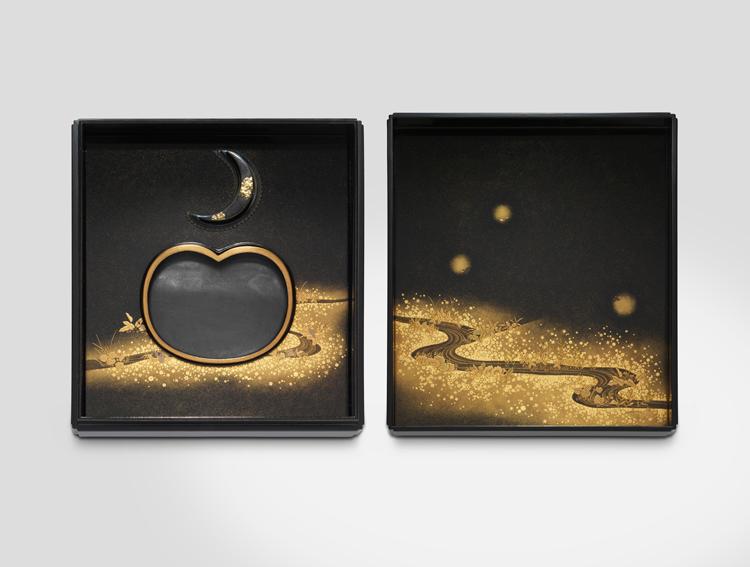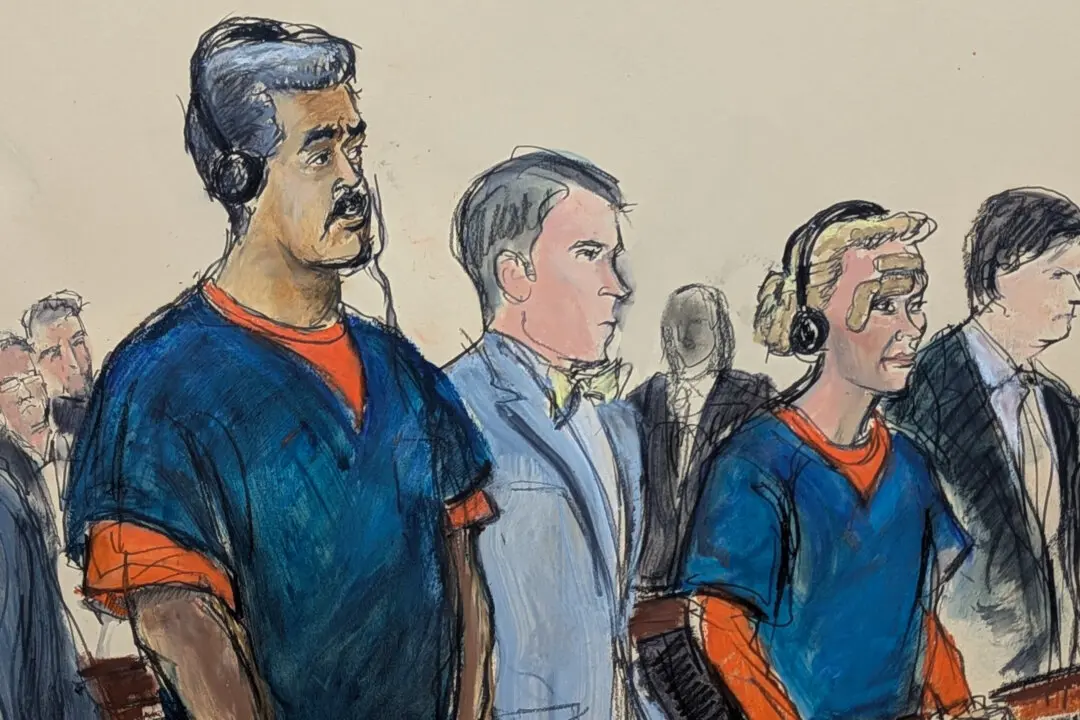Lesley J. Kehoe is recognized as one of the leading specialist Japanese Art dealers in the world. Fluent in Japanese, Lesley has provided consultant services at the senior level for major Australian and Japanese corporations and projects, and has held academic positions at major Melbourne tertiary institutions. She regularly lectures and writes about Japanese art.
What got you into the industry?
Lesley J. Kehoe: Japan had been an interest of mine since high school and an academic career was on the horizon until the reality of parenthood. Initially the art world offered a temporary means of keeping the mind active. Little did I expect or plan for a lifelong career. The art world has provided the intellectual stimulation of academia, the romance of exotic and beautiful objects, the thrill of the search for the rare, the satisfaction of assisting in the careers of emerging artists, and the irreplaceable pleasure of friendships across the world founded on a mutual love of art and fascination with Japan.
Are people moving toward contemporary art?
Ms. Kehoe: Art history theory and speculative investing aside, reflection will show that the distinction between contemporary and traditional is a subjective concept relative to one’s place in time. While this might seem trite and obvious, people have always purchased and collected contemporary art, [and] each age has supported the art of its times. There is certainly growing interest in contemporary art and its complementarity with the traditional. After all, what is perceived and appreciated is the aesthetic of the works and this aesthetic reaches across time and culture. I see contemporary art aficionados making sure that the culture and art of their times is secured for the future, the traditional of tomorrow.
How do you select your featured works of art?
Ms. Kehoe: Our curatorial philosophy is based on concept, mastery, originality, and technique and most importantly of all, the ‘“x factor” that causes the heart to stop beating for a moment in recognition of that something extra. It’s not about commercial marketability, meeting (or creating) a current fad—it’s about the acknowledgement of beauty and creativity that transcend the everyday. In this respect for material and the self-discipline of mastery of craft is an important component, one that I see as lacking in Western art compared with Asian art—a rash generalization, I know!








